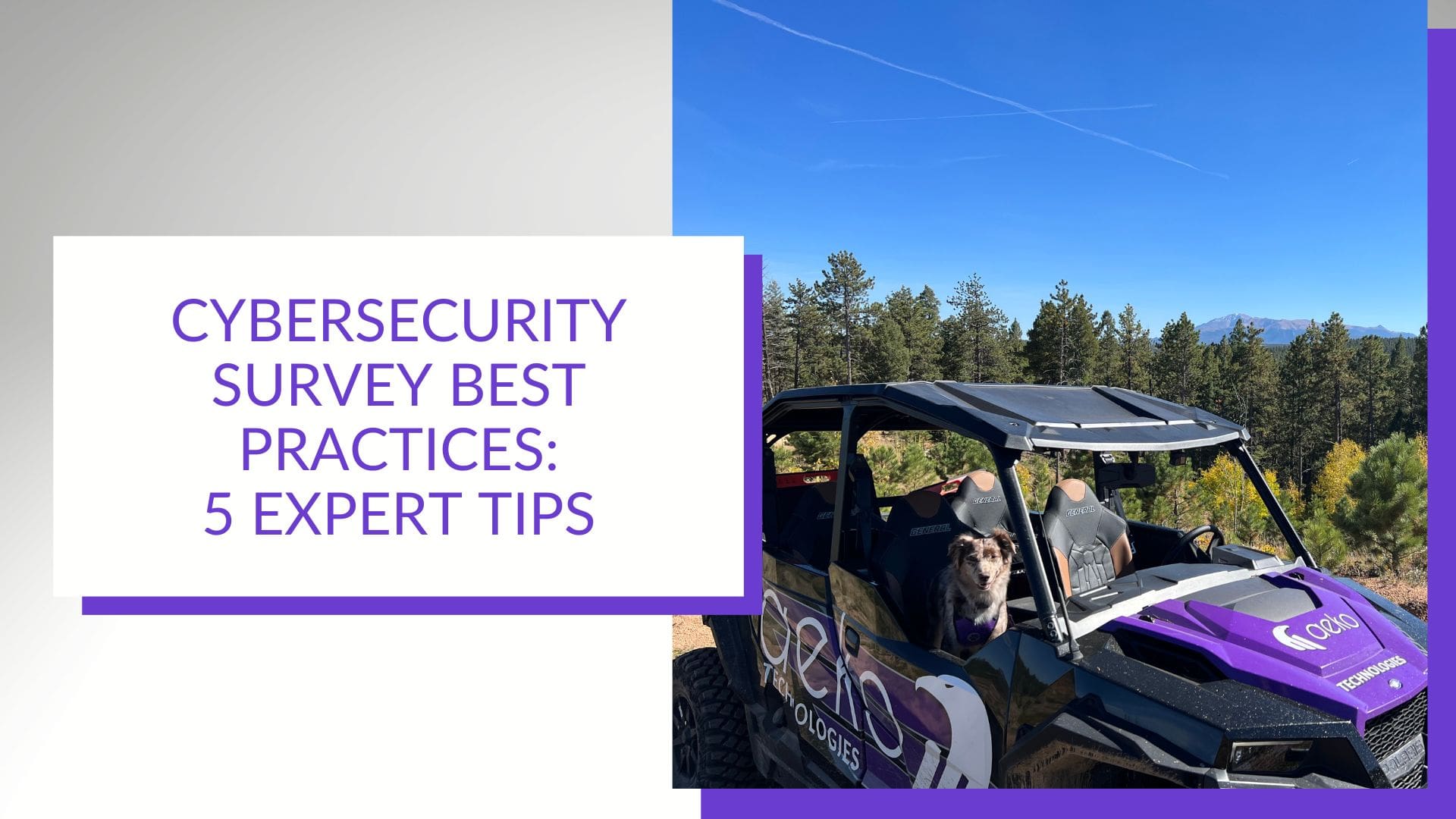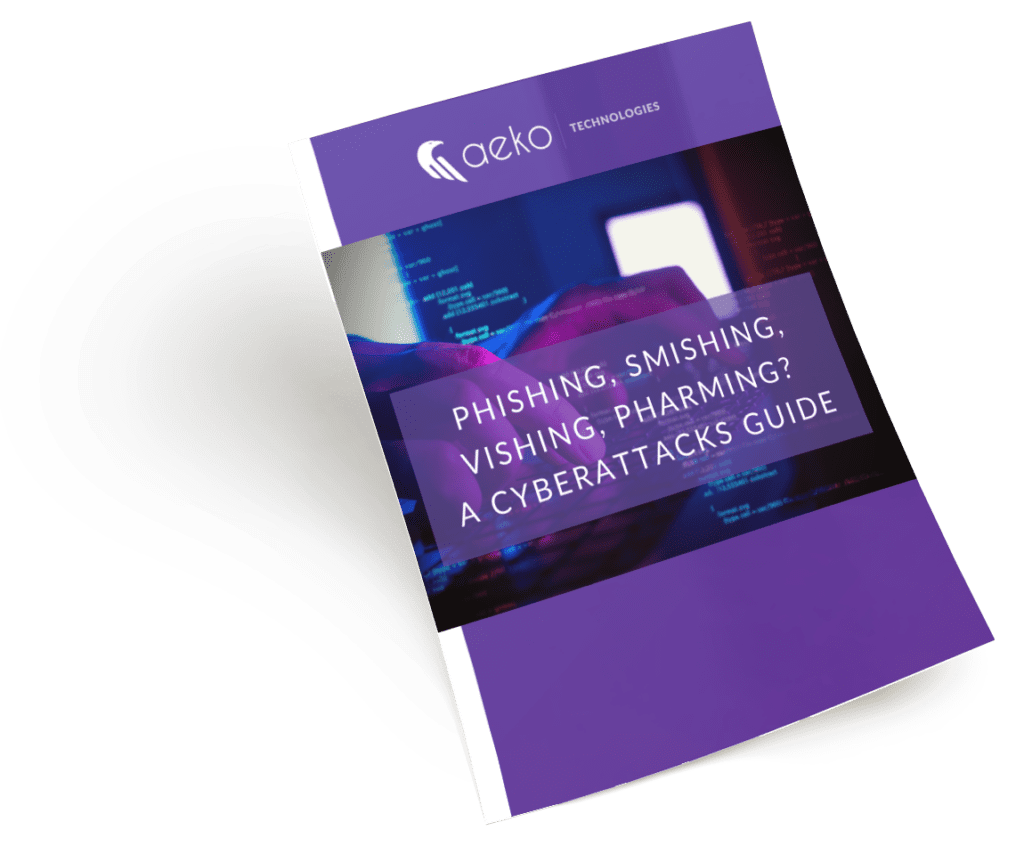So, you’ve recently decided to get cyber insurance, but are now faced with a cybersecurity survey. What do you do? How do you fill it out?
And what does it have to do with offroading?
As the proud owner of the General ARTT (Aeko Rover Twenty Three), a Polaris General XP 4 1000, I’ve learned a thing or two about navigating rugged terrain. Surprisingly, these lessons also apply to cybersecurity.
Today, I want to share some insights, especially for those who have recently ventured into cyber insurance or have found themselves knee-deep in extensive cyber insurance surveys.
Cybersecurity Survey: An Offroader’s Perspective
When I take General Artt out exploring, experienced offroaders often glance at my setup and remark that I’m traveling light: no spare tire, no jack, no tools, spare belts or fire extinguishers. It’s just a bare-bones UTV wrapped up for adventures.
I knew there was a risk of getting stuck with a flat tire or thrown belt, but it was a risk I was willing to accept at the time. Cyber insurance surveys share a similar story.
Aligning with Frameworks
Cyber insurance surveys aim to align your cybersecurity controls with established compliance frameworks like NIST, PCI, DSS or HIPAA. These frameworks provide a structured approach to enhance your security posture. However, much like an offroader evaluating their gear, not every element in these surveys may fit your budget or operational needs.
Assessing Operational Impact
Implementing every recommendation on a survey might impact your operations more than you’re willing to bear. It’s crucial to recognize that going all-in on certain controls may come with operational challenges.
Just as I accepted the risk of offroading without a spare tire, organizations need to be strategic in deciding which risks they are willing to accept based on specific controls.
And speaking of risks, are you aware of the security gaps in your organization right now? Check out our free cyber vulnerability assessment for more details.
The Role of Cyber Insurance
Understanding the relationship between cyber surveys and cyber insurance is pivotal. While it’s tempting to check all the boxes affirmatively, it’s okay to acknowledge that some risks are accepted, and not every control may be feasible.
This is where having a great insurance agent or broker becomes the differentiating factor for you. Open communication with underwriters is key when filling out surveys, as it shapes the narrative of risk acceptance and any potential disaster recovery plans you might have to put into place.
Conversations Over Checkmarks
Completing a cyber insurance survey should be viewed as a conversation, not just a checklist. Your agent becomes your guide, helping you navigate the complexities and nuances. It’s perfectly acceptable to leave some checkboxes empty, but it’s equally crucial to articulate why.
This dialogue ensures a comprehensive understanding of the risks involved and can significantly impact the coverage and cost of your cyber insurance.
So, what are some best practices when going through cyber insurance coverage?
5 Cybersecurity Survey Best Practices
1. Align with Your Operational Realities
Evaluate each cybersecurity control suggested in the survey against your organization’s budget and operational requirements. Prioritize controls that seamlessly integrate with your existing infrastructure and processes.
Be realistic about what fits your unique context, acknowledging that not every recommendation may be feasible.
2. Understand the Operational Impact
Assess the potential impact of implementing each control on your day-to-day operations. Consider the balance between enhanced security and maintaining operational efficiency.
Clearly communicate to your insurance agent which controls may pose operational challenges and why.
3. Use Open and Transparent Communication
Foster a proactive and open dialogue with your insurance agent or broker partners. Clearly articulate your organization’s risk tolerance and the rationale behind accepting or declining specific controls.
Ensure that your agent communicates effectively with underwriters, providing a comprehensive view of your risk management strategy.
4. Prioritize Risk Management
Focus on risk management as a strategic approach rather than just compliance. Implement controls that address the most significant risks to your organization’s cybersecurity.
Clearly outline how your risk management strategy aligns with industry standards and regulations.
5. Regularly Review and Update
Treat cyber insurance surveys as dynamic documents that evolve with your organization. Regularly review and update your cybersecurity posture to align with changing threats and industry best practices.
Finally, keep your insurance agent informed about any significant changes in your cybersecurity strategy or infrastructure.
Aeko’s Expertise at Your Service
At Aeko Technologies, we understand that cybersecurity is a journey unique to each organization. If you find yourself grappling with cybersecurity surveys or have questions about cyber insurance, our team of tech experts is here to help.
Contact us or book a quick consultation to learn more about cyber insurance and securing your organization.
Strategic decision-making and open communication are your best companions when it comes to cyber surveys for your cyber insurance coverage
Are you aware of the most common cyberattack methods?
Did you know there are over 3.4 billion phishing emails sent every day? Phishing and other cybercriminal behavior are a lot more common than you’d think.
Our free “Phishing, Smishing, Vishing, Pharming? A Cyberattacks Guide” will inform you about cyberattack methods and give you the latest in data security tips.


